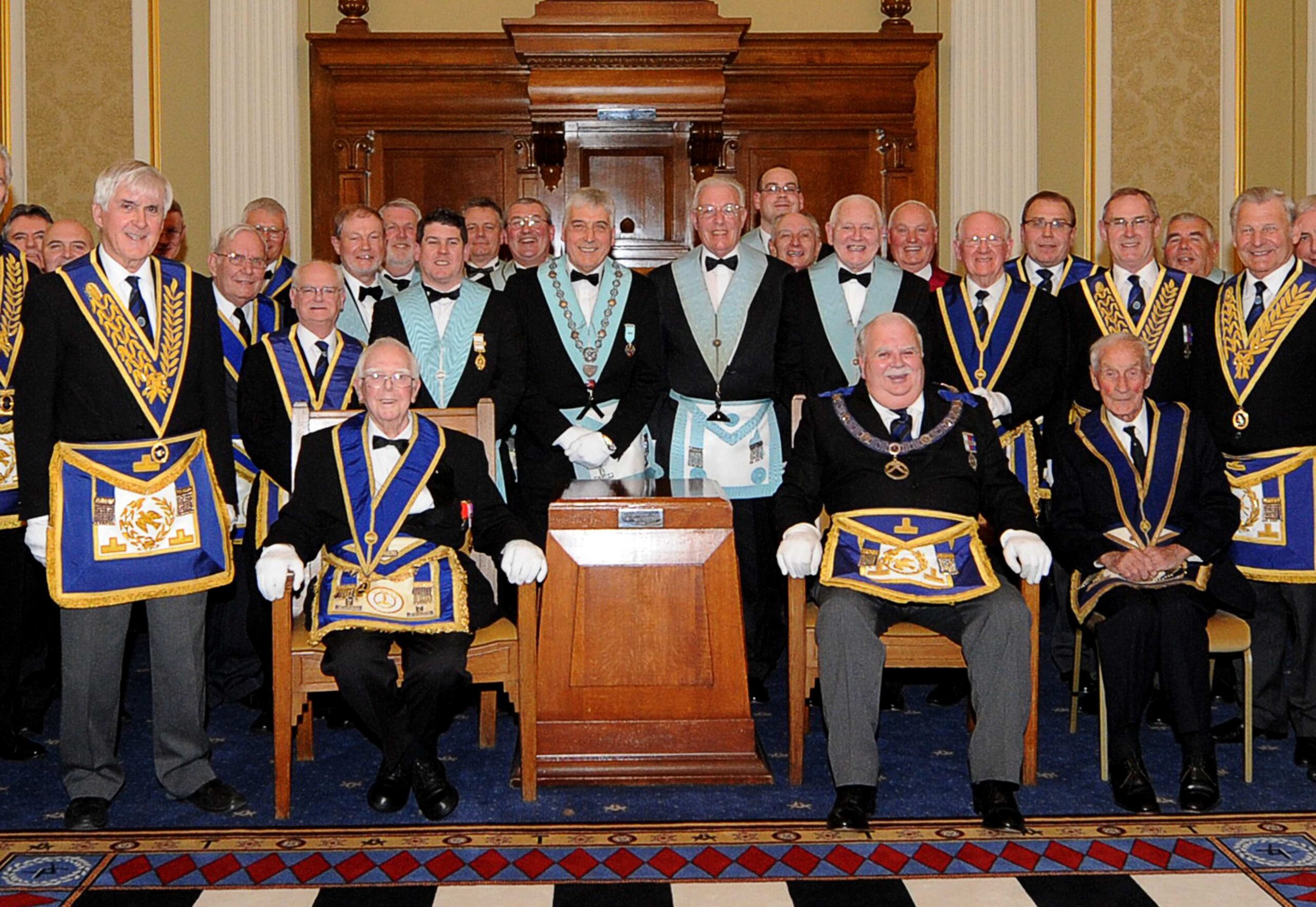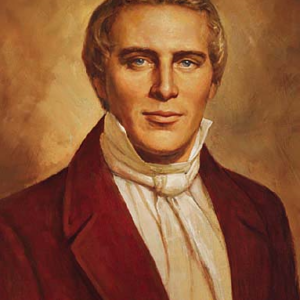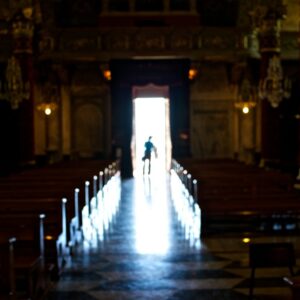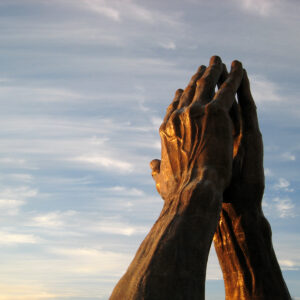1. Introduction: Out of respect to believing members, I will not lay out all of my concerns with the LDS temple ceremony. However, there are certain aspects of the temple that are spoken about publically by Church leaders that are worth discussing in more detail.
2. Similarities between LDS Temple Ceremonies and Freemasonry: The LDS temple ceremony has many parallels to Masonic rites, and for good reason: Joseph Smith introduced the rites into the LDS temple about two months after becoming a Freemason himself.
The undeniable similarities between the LDS temple ceremony (especially prior to 1940) and Masonry Rituals of the 1830s are accurately summarized by both Richard Packham (Similarities Between the Freemasonry of the 1830s and the Mormon Endowment (pre-1940)) and the editors at MormonThink (Masonry details in the LDS temple ceremony). For a more thorough and detailed analysis of the similarities between Masonry and Mormonism, you can read Michael W. Homer’s article Similarities of Priesthood in Masonry: The Relationship Between Freemasonry and Mormonism. (Dialogue, Vol. 27, No. 3.)
Faithful Mormons that are aware of these similarities usually reconcile the issue by echoing what the early prophets proclaimed: Masons originally possessed the true temple ordinances from the original true church that existed in Old Testament times (and at least since Solomon’s Temple).
Many members believe this for two primary reasons. First, prophets such as Heber C. Kimball said as much: “We have the true Masonry. The Masonry of today is received from the apostasy which took place in the days of Solomon, and David. They have now and then a thing that is correct, but we have the real thing.” (Stanley B. Kimball, Heber C. Kimball and Family: The Nauvoo Years, p. 458.) Second, many Masons (particularly the less educated) in the early 1800s believed that Masonry rituals originated during Solomon’s time.
Some Latter-day Saints hold to the view that Masonry derived from King Solomon’s Temple, because it is theologically less complicated to do so than to accept Masonry’s historical roots.
3. Masonry Developed During the Dark Ages: The problem with linking the LDS temple ceremony to Masonry is that Masons could not have had the true temple ordinances from Old Testament times. Solomon’s temple was destroyed in 422 B.C.E., and Mason rituals date (at earliest) to 1425 A.D. (although many scholars maintain that the rituals originated in the 1700s). Masonry originated in Britain as a trade guild, though it incorporated symbols dating back to various cults in antiquity. Masonry thus comes from an era that LDS doctrine associates with the great apostasy. For Mormonism to copy its crowning ordinances from rites that emerged during the dark ages presents a problem.
Greg Kearney, who is active LDS and a Master Mason, states as follows on FAIR: “Unfortunately, there is no historical evidence to support a continuous functioning line from Solomon’s Temple to the present. We know what went on in Solomon’s Temple; it’s a ritualistic slaughter of animals.” He also adds that “Masonry, while claiming a root in antiquity, can only be reliably traced to medieval stone tradesmen.”
4. Temple Changes: Previous iterations of the endowment (through 1990) included blood oath penalties and the Five Points of Fellowship, both of which were identical to Mason rituals (although neither was rooted in religion). I will not discuss any additional changes in this document, but the changes have been rather substantial over the years. But here is the primary point: why were these type of pagan rituals included in the temple ceremony in the first place?
5. Purpose of Temples: Concerning the purpose at the temple, Brigham Young said: “Let me give you the definition in brief. Your endowment is, to receive all those ordinances in the House of the Lord, which are necessary for you, after you have departed this life, to enable you to walk back to the presence of the Father, passing the angels who stand as sentinels, being able to give them the key words, the signs and tokens, pertaining to the holy priesthood, and gain your eternal exaltation in spite of earth and hell.”
The bulk of the temple ceremony revolves around learning and demonstrating the keywords, signs, and tokens that Brigham Young mentioned. This seems both bizarre and unfair. Does the eternal salvation, eternal happiness, and eternal sealing of families really depend on knowing specific signs and tokens that are virtually identical to those found in Masonic rituals?
6. Conclusion: Perhaps this is a personal issue, but I have always been puzzled with the discomforting feelings (and lack of spiritual witness) I experienced in the endowment ceremony, which is supposed to be one of the holiest ceremonies in the Church. So much of the ceremony focuses on signs, tokens, and ceremony itself. Initially, I believed that if I attended the temple more frequently, I would receive additional insight into the ceremony and its symbolic nature. However, this has simply not been the case. On my mission, I attended the temple nearly every week on preparation day. I continued to attend the temple throughout college. My attendance slowed down once I started graduate school, but overall, I have attended nearly 200 temple sessions. But even after all of this, I simply have not had the type of enlightening and uplifting temple experience that I had hoped to enjoy.




Leave a Reply